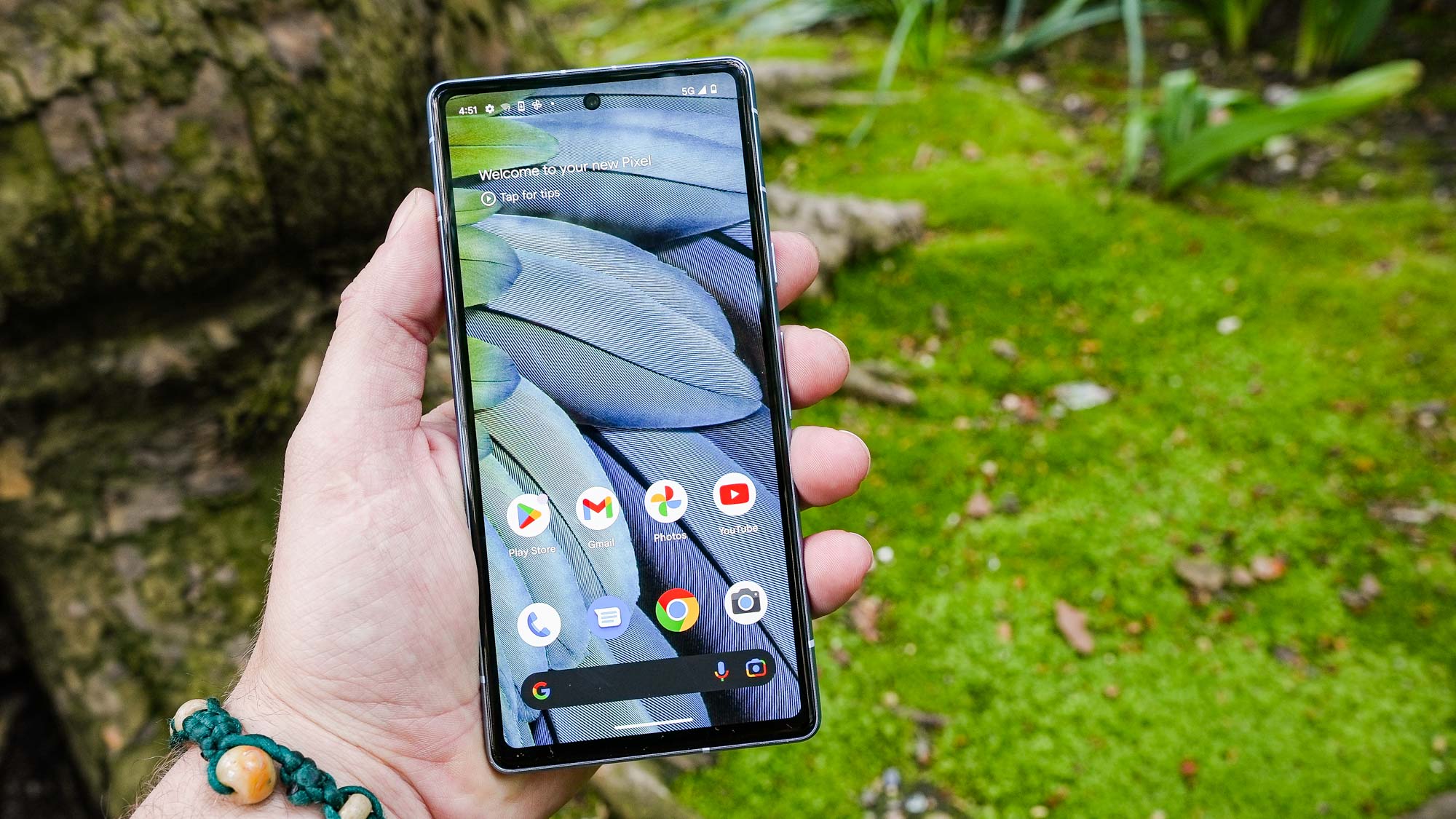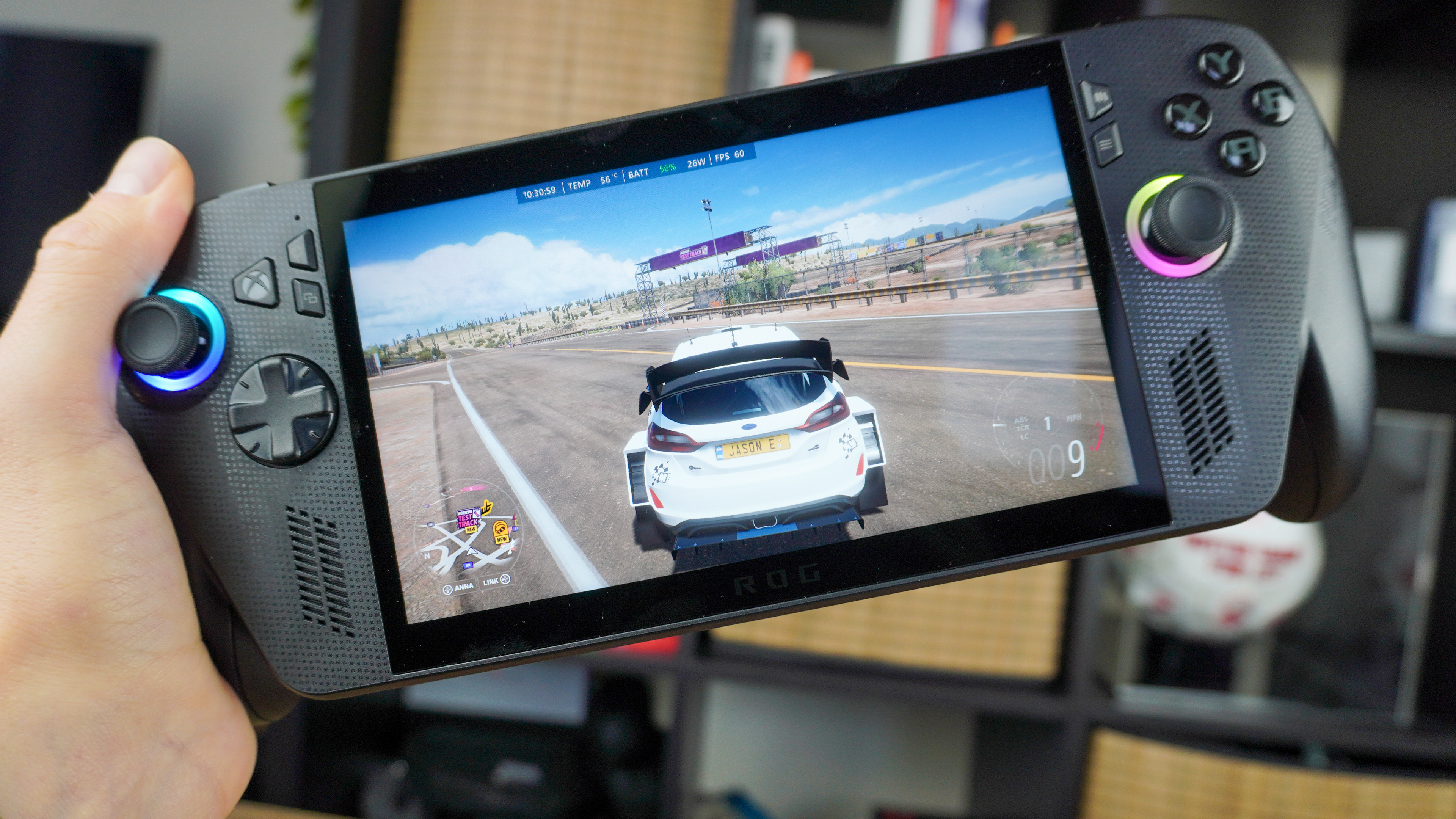The Google Pixel 7a makes a huge design mistake

The Google Pixel 7a is a phenomenally good value phone, with features and hardware that would make some flagships jealous. But for every time a mid-range phone comes with a fantastic camera, something else has to be sacrificed to keep the price down. The Pixel 7a is no exception.
Unfortunately, there’s one sacrifice that I’m particularly disappointed with. A flaw the Pixel A series has suffered ever since the launch of the Pixel 4a back in 2020. That flaw is the fact the phone’s display is made from Gorilla Glass 3, a variety of display glass that is now over a decade old.
It’s understandable that cheap phones need to make sacrifices. Features like 120Hz adaptive refresh rates, or glass and metal bodies are very nice to have, but their use also drives up the price. It’s why the Pixel 7 Pro is $400 more than a Pixel 7a.
But there are certain things that should be off-limits, where cost-cutting measures are concerned. Display glass is one of those things.
Good display glass is important
The display is undoubtedly one of the most important parts of the smartphone. Any kind of damage limits your ability to use the phone to varying degrees. Scratches can build up over time and a well-placed crack can mess up the touchscreen so badly that it becomes impossible to use your phone.
Display glass has improved a lot over the past several years, with the materials getting stronger and more robust in the process, Better protection from scratches, shatter resistance, anti-smudge technology and so on. It's all to ensure that your view (and use) of your phone is as clear as it can possibly be.
Right now we're currently on the eighth generation of Gorilla Glass called Victus 2. Gorilla Glass 3 launched back in 2013.
I’m not particularly careless with my smartphones, but I am a very clumsy individual. I don’t make a habit of dropping my phone, but it does happen. Fortunately, the display glass has held up, and the worst damage I’ve suffered since 2016 is a small chip on the curved edge of my old OnePlus 7 Pro — which happened because it landed curve down on a metal manhole cover.
Get instant access to breaking news, the hottest reviews, great deals and helpful tips.
But that (and the minor near-invisible scratches) is practically impossible to avoid, are purely aesthetic. Not like the time I cracked the screen on my Xperia Z3, and rendered the touchscreen completely inoperable.
Keeping your phone in a case and using a screen protector can go a long way to keeping your phone in good condition. But it’s still up to the companies themselves to ensure their devices are durable. That way people can keep their phones for longer or offer them up for trade in when it’s time to upgrade. All without having to worry about potentially expensive repairs.
Google shouldn’t be offering ancient display glass
Right now we are currently on the eighth generation of Gorilla Glass, otherwise known as Victus 2 — though many phones still use the original Victus for one reason or another. That means Gorilla Glass’s display glass has evolved five times since the launch of Gorilla Glass 3 back in 2013.
I’m not saying that a mid-range phone like the Pixel 7a should come with the latest and best display glass. That would be ridiculous, because some things need to be sacrificed in order to keep the phone as cheap as it is. But Gorilla Glass 3? Google can do better than that.
While a bunch of Google’s rivals in the mid-range market, including some of the best cheap phones, still offer Gorilla Glass 3, it’s about time Google upped the ante for its low-cost displays. Not just for better protection, but also because it’s defaulted to Gorilla Glass 3 on the A series for the fourth year running.
It doesn’t have to be this way either. Take the Samsung Galaxy A54, for example. The mid-range Samsung is arguably the Pixel 7a’s biggest rival, and offers a heck of a lot for a $449 price tag. It’s not as good as the Galaxy S23, but it’s still earned a place on our list of best camera phones — and the top spot on our list of the best cheap phones.
It also happens that the Galaxy A54’s display is made from Gorilla Glass 5 — which was first released in 2016. In fact, so did the Galaxy A53 and A52. The last Samsung A series to have Gorilla Glass 3 was the 2019 Galaxy A51.
We don’t consider the Galaxy A54 to be a better phone because of its display glass. But it does show that a mid-range device can be fantastic and cheap without resorting to using decade-old materials to keep costs down. It’s about time Google did the same.
Bottom line
Using Gorilla Glass 3 doesn’t change the fact that google has produced another fantastic mid-range phone, with a lot of qualities that make it worth buying. The camera, 90Hz display, Tensor G2-powered AI capabilities, standard Pixel update access and more add up to a great device. If they all appeal, then the fact Google’s used old display glass probably won’t even register as an issue.
But for all the good Google has done with the Pixel 7a, it’s still seriously disappointing to see that it stuck with decade-old glass for another year. The screen is important, but also incredibly fragile, so it needs as much protection as possible. Sticking with something as old as Gorilla Glass 3, when there are newer and better options available doesn’t really cut it.
More from Tom's Guide
- iOS 17 features announced before WWDC: Live Speech, Personal Voice and more
- Google Pixel Fold — Google exec talks $1,799 price, 'most durable hinge' claim
- This hidden iOS feature solves one of the iPhone’s most annoying problems

Tom is the Tom's Guide's UK Phones Editor, tackling the latest smartphone news and vocally expressing his opinions about upcoming features or changes. It's long way from his days as editor of Gizmodo UK, when pretty much everything was on the table. He’s usually found trying to squeeze another giant Lego set onto the shelf, draining very large cups of coffee, or complaining about how terrible his Smart TV is.
